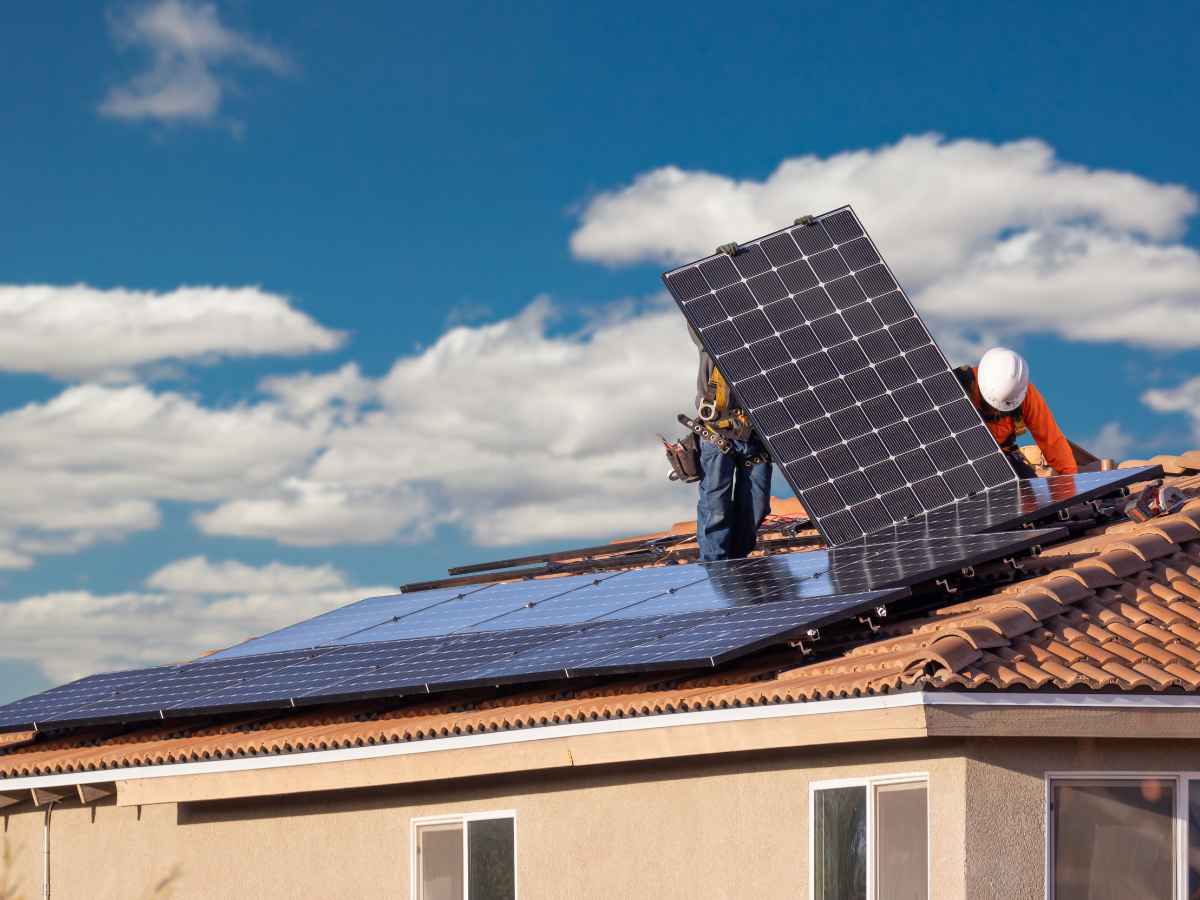Micro-hydroelectric turbines could power homes using just a nearby stream, offering constant and clean energy around the clock
It may sound surprising, but in the midst of rising electricity costs and the growing urgency of climate change, the United States is turning to a very old ally: water. More specifically, to small-scale hydroelectric systems capable of generating electricity using only the natural flow of nearby streams. This emerging alternative, known as micro-hydroelectric energy, is already being installed in homes across states like Oregon, Colorado, and Vermont. Unlike solar panels or wind turbines, these systems can provide a steady energy supply 24 hours a day—without interruptions or emissions.
A turbine at home? Yes, and it’s not science fiction
The idea is simple: water flows, turbines spin, and that motion generates electricity. What makes this technology different is its scale. Instead of giant dams, it uses compact turbines designed to work with low water volumes—like the current of a modest stream running near your property. These turbines, which can produce between 100 watts and 100 kilowatts, are quiet, clean, and surprisingly easy to install on private land. For those who meet the conditions, they promise real energy independence.
Always on, even when the sun isn’t
One of the major benefits of this system is its constancy. Unlike solar panels, which don’t generate energy on cloudy days or at night, or wind turbines, which depend on unpredictable weather, micro-hydroelectric systems offer continuous energy output, as long as water keeps flowing. That’s why many households are seeing them as a way to reduce their bills and their environmental footprint at the same time.
What do you need to install one?
First and foremost, a steady stream. Not a seasonal trickle, but a consistent flow of water throughout the year. Then, a bit of space and access to permits—since environmental regulations still apply. While the installation cost can be higher than solar, the long-term savings make up for it. Once operational, these systems allow users to generate electricity without depending on the grid or being affected by rate hikes.
No emissions, no noise, no impact
And what about pollution? None. These systems don’t emit CO₂, don’t create waste, and unlike large dams, don’t damage the ecosystem. In fact, many are designed to work without significantly altering the flow of the stream or affecting local wildlife. A quiet revolution that, for once, doesn’t require massive infrastructure or controversial projects.
Towards the era of personal energy
More than a trend, this seems to be the beginning of a transformation. Local governments in several US states are already creating support networks to promote these micro-generators. It’s not about replacing the entire energy grid—but about decentralizing it. One household at a time. And if the water keeps running, the energy will too.

